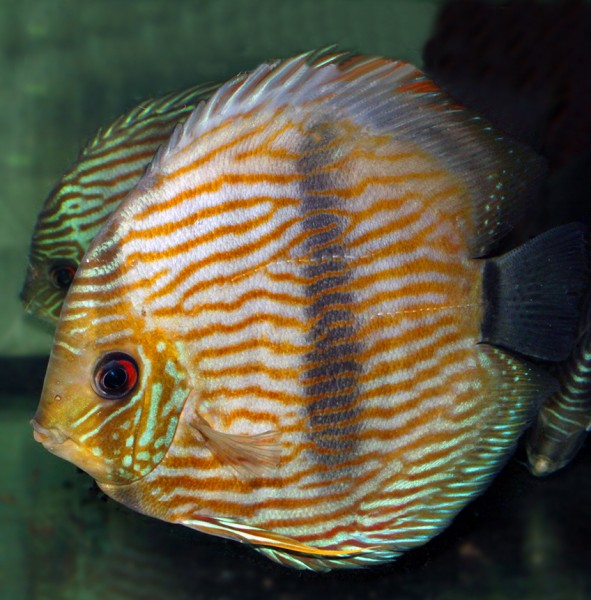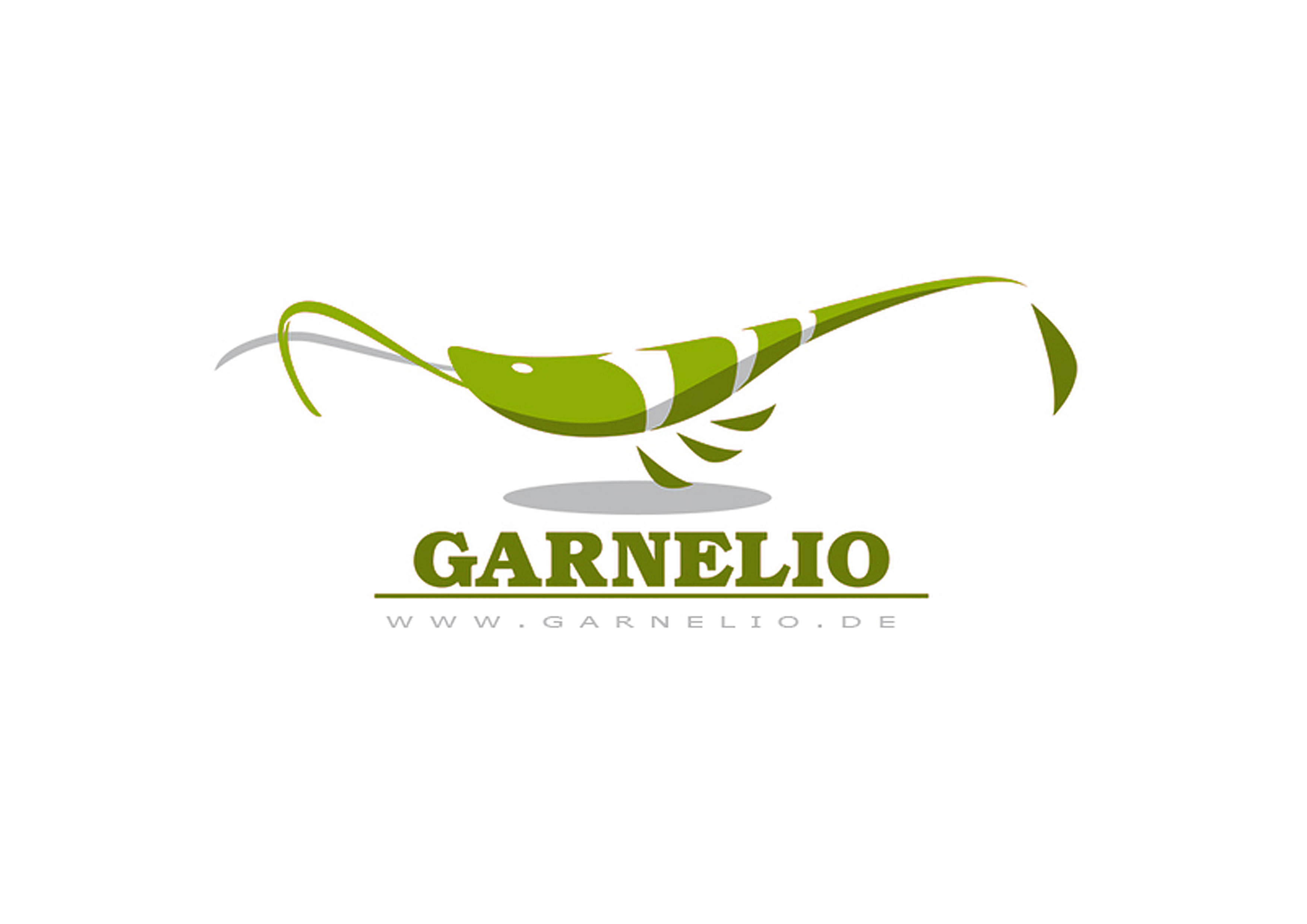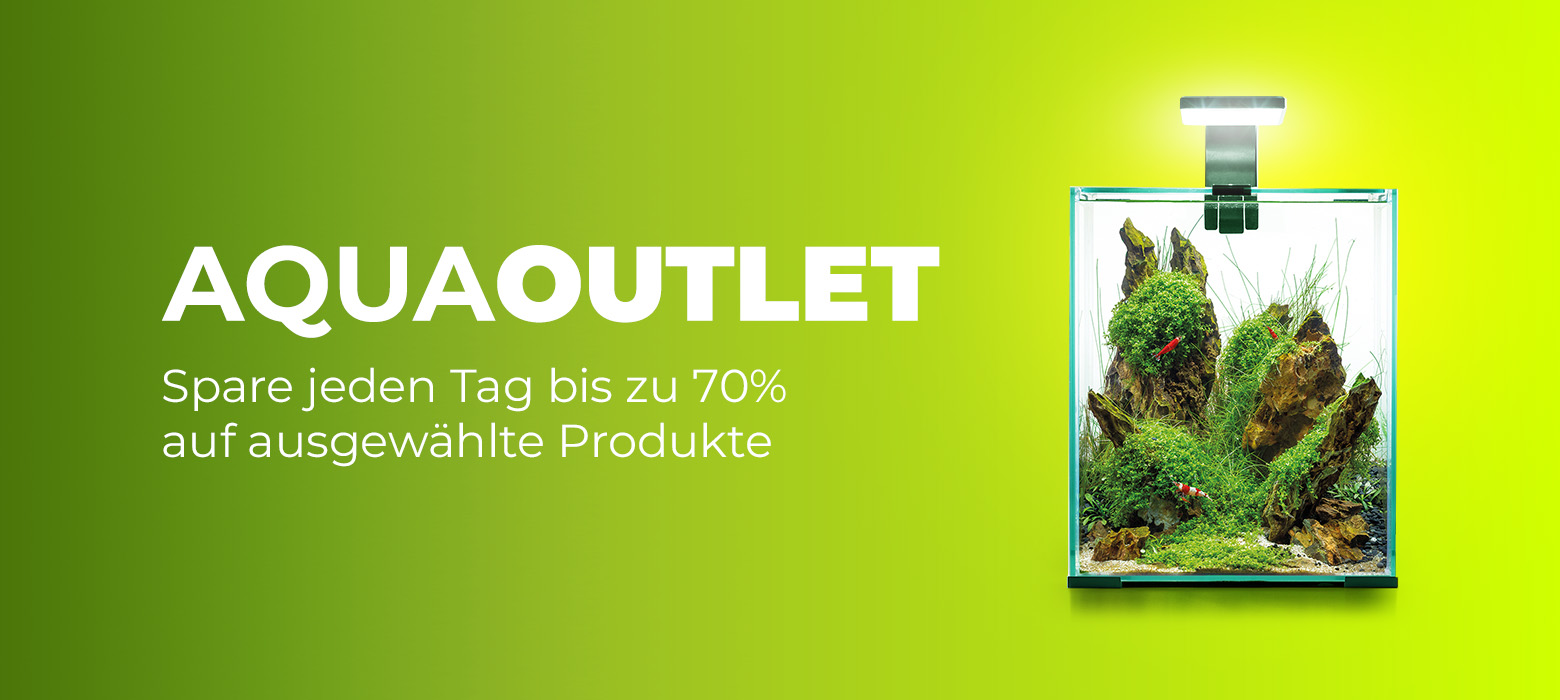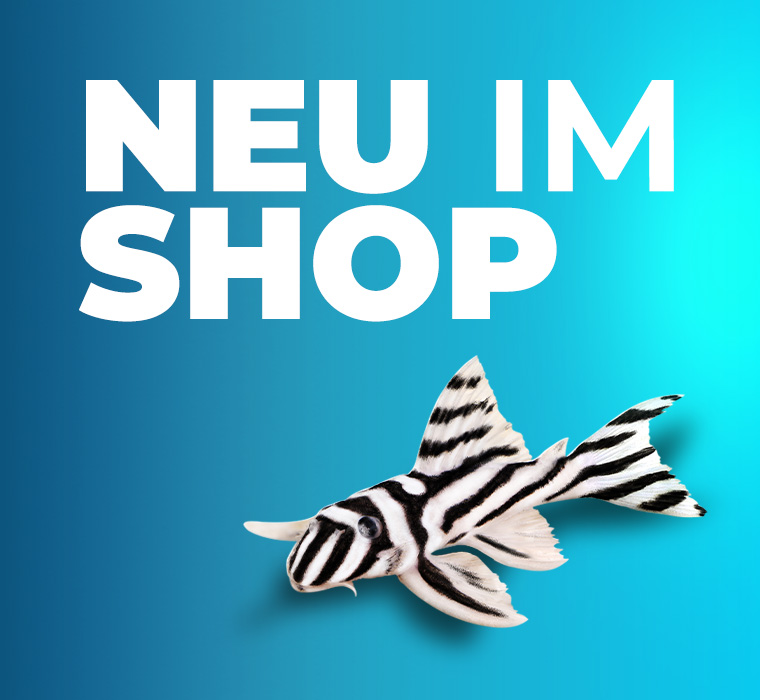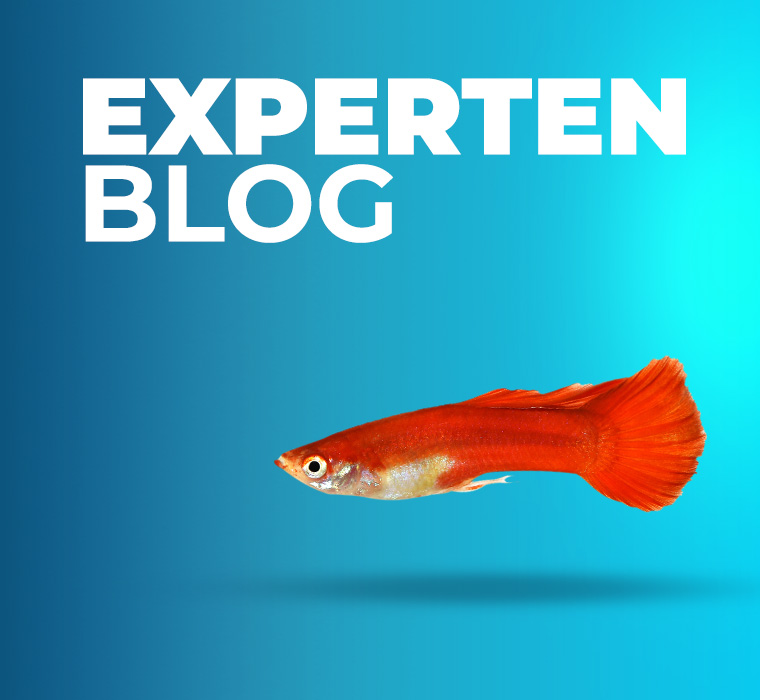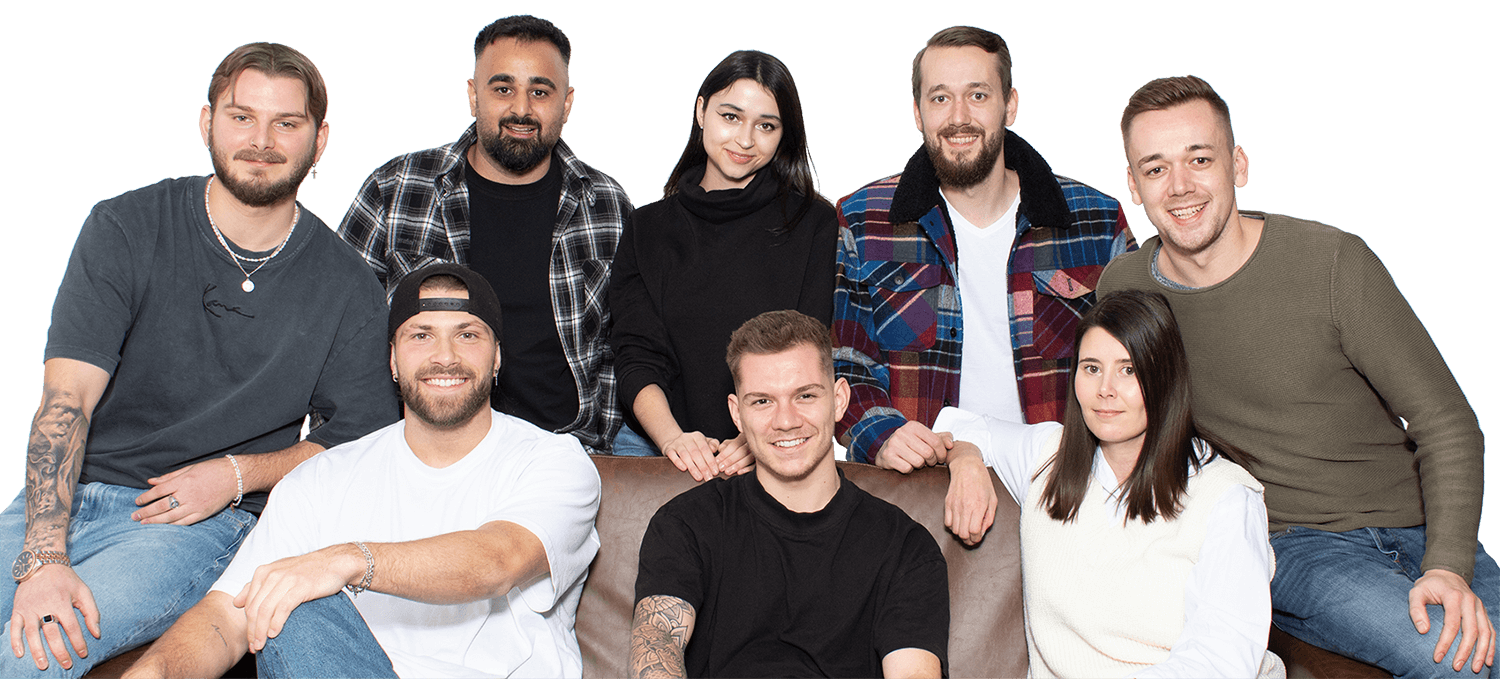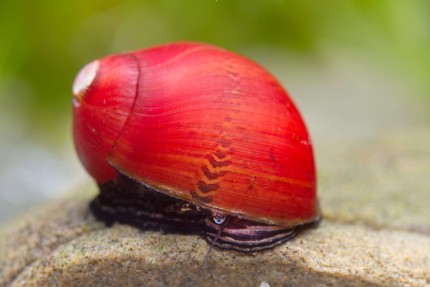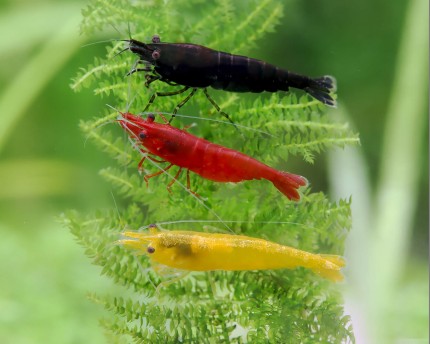incl. VAT plus shipping costs
Currently not available
Delivery only innh. Germany and Austria possible.
Switch to the German store
- Item no: 28958
Fast delivery times
All products are in stock with us!14 years of breeding experience
Let our team of experts advise you!High customer satisfaction
from over 3,000 reviews "| Origin: | South America |
| Planting possible?: | conditional* (see description) |
| Temperature: | 28-31 °C |
| Visual effect: | interesting body shape |
| Feature: | Interesting coloring |
| Behavior: | Quiet |
| with fish?: | Yes, with peaceful fish |
| Aquarium size: | 400/450 l (approx. 150cm) |
| Fish group: | Cichlids |
| Water values: | Soft water |
| Pelvic region: | Center |
| Difficulty: | 3 - Difficult |
| Final size: | > 12cm |
| Breeding: | medium |
| Diet: | omnivorous - omnivorous |
| with snails/shells?: | Yes |
| with large crabs?: | No |
| with dwarf crabs?: | No |
| with shrimps?: | Socialization not possible |
| with crabs?: | No |
The Heckel Disc us belongs to the true discus and is scientifically called Symphysodon discus. Often it is also known as the "true discus cichlid" or "Heckeldiscus". It is one of three known discus species and may well be confused with other species due to its appearance. It differs mainly by pattern and coloration.
You get animals from us, which were bred in Germany(DNZ).
The discus isnamed after its disc-shaped body. The discus is characterized among other things by a wavy lined pattern, which are on both halves of the body, as well as a dark vertical band. Other vertical stripes also run across its body with varying intensity.
Discus originate from waters around the Rio Negro, Rio Trombetas and Rio Abacaxis, all of which are very acidic. Therefore, look for soft water values in the aquarium as well, with pH values between 3.5-7.4 and almost no total hardness. Design the tank, which should be at least 150 cm long for 5 animals with root structures at the edge, in which your favorites can retreat. Sand is suitable as substrate, because they blow through it when searching for food. You can design the tank with Anubias, sword plants or Cryptocorynen, make sure with your plant selection that they tolerate higher temperatures, because Discus like it warm. Unlike other discus species, the true discus is not a blackwater dweller.
Harmonizing pairs form out of the group and can also be bred, but it is a real craft. For this purpose it is best to use a spawning aquarium with very acidic water and a spawning cone, which you can also find in our store. Often you don't even notice the spawning act itself, because it usually takes place at dusk. The parents fan the clutch with their fins to supply it with oxygen. 72 hours later the first young hatch, which feed on the skin secretion of the parents. You can raise them with infusoria, nauplii or paramecia.
Red Neons or Corydoras are suitable for socialization with your Discus. Butterfly cichlids, corydoras or tetras are also great bycatchers. However, it is better not to add invertebrates. Amano shrimp are rather safe from being eaten due to their size.
A varied feeding of your omnivores is obligatory: pay attention to excellent quality and offer them an appropriate discus food, but also live and frozen food like black and white mosquito larvae. Dry and flake food that sinks semi-fast they also accept well. Feed preferably several times a day in very small portions and pay attention to the vegetable portion in their diet.
Microworms.
Our food recommendation: NatureHolic Cichfeed is a great staple food for all carnivorous cichlids in the aquarium, perfectly meeting their dietary requirements. The tasty pearls are also very well eaten by larger cichlids. Thanks to their soft texture, NatureHolic Cichfeed food pearls are gentle on the mouth and can be eaten very well by the fish.
Our plant recommendation: Use for planting NatureHolic InVitros. These are free of snails, planaria and other unwanted co-inhabitants. Also free of algae spores, bacteria and fungi.
Expert Tip: We recommend when keeping fish the NatureHolic 3 Phase Liquid. The care set offers the best all-round protection for your animals. It ensures optimal conditions for successful breeding and keeping.
| Scientific name: | Symphysodon discus (HECKEL, 1840) |
| German name: | Heckel's discus cichlid |
| Difficulty level: | for advanced fishers |
| Origin/Distribution: | South America |
| Coloration: | beige base color with turquoise waves, striking black vertical band, black eye band |
| Age expectation: | approx. 10 |
| Water parameters: | GH 0-15, KH 0 to 4, pH 3.5-7.5, temperature 26-31 °C |
| Tank size: | from 150 cm for 5 animals |
| Food: | Omnivorous, varied diet necessary. Granualt food, dry food, flake food for discus perch, also live and frozen food: mosquito larvae, artemia, daphnia, grindal, enchytraea |
| Breeding: | difficult |
| Behavior: | territorial and territorial in places |
| Group size: | at least 5 animals |
| Further information: | Ten typical aquarium fish for beginners and alternatives to them, Tips for acclimating fish to the aquarium, Feeding aquarium fish properly - cheap food and what it can do |
- Item no: 28958
- EAN No.: 4251932208729
Entdecke die Garnelio Welt!
Garnelio gehört zu den größten Onlineshops für wirbellose Aquarientiere weltweit.
Viele Artikel gibt es exklusiv nur bei uns im Shop.

